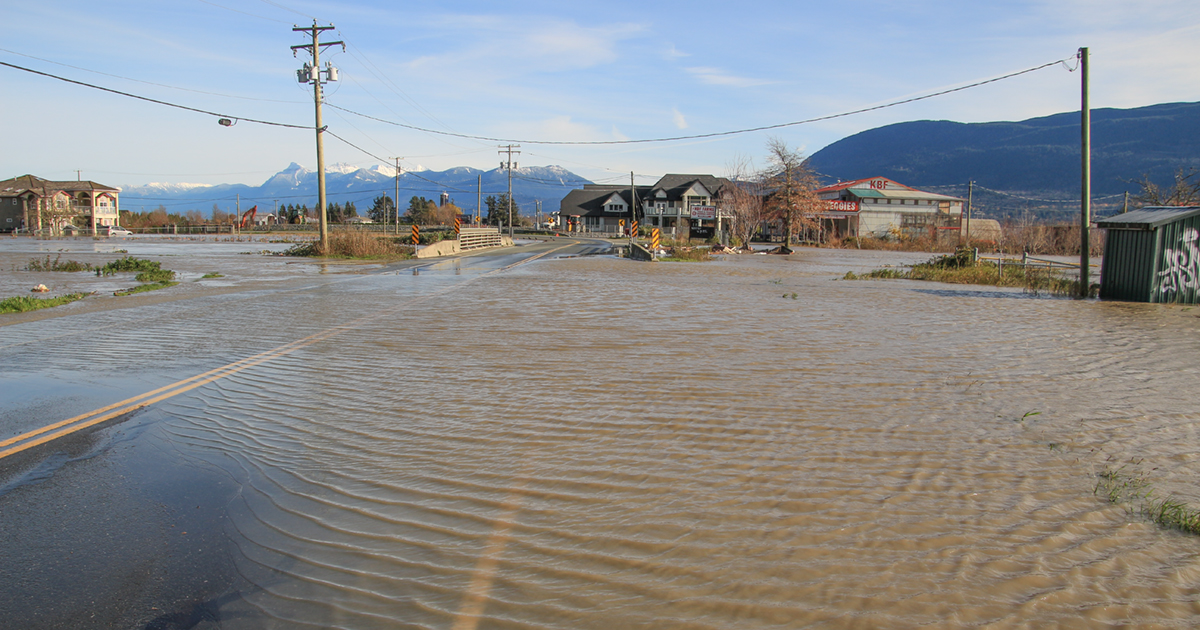
Extreme weather events in British Columbia have led to significant flooding, infrastructure damage and a state of emergency. While front line responders, government agencies, NGOs and volunteers work hard to help as many as they can, there are many questions about how we can be better prepared or support others during these events.
The Fur-Bearers has assembled a brief list below, but this is by no means a complete set of preparedness:
Prepare Yourself and Your Family
An emergency preparedness plan is something we all hope we’ll never need, but can save lives to have in place. Spending a bit of time with your family to review one of the preparedness guides and fill-in-the-blanks booklets from the government of British Columbia can be a great place to start. Click here to see their guides on developing your household emergency plan, preparedness guide, and disaster-specific guides. If you have other resources that may be valuable for this section, please reach out to us and we’ll add them!
Prepare Your Companion Animals
Having these basics in a ready bag, and changed out as needed, can save the lives of companion animals:
- A copy of vaccine records and ID info. Extra leashes/collars.
- Styptic powder, gauze, vet wrap, splints, tweezers, needle nose pliers, something to assist you in lifting a heavier dog (sheet to wrap around back end), milk of magnesia for poison absorption (though always check with vet first before inducing vomiting), water, food, blankets, cotton balls, hydrogen peroxide to sterilize equipment, nylon leash, muzzle or some sort, phone numbers of emergency clinics and vets in the area.
- Benadryl, scissors, polysporin, eye drops, and canvas shopping bag (in a pinch you can cut the sides out of the canvas shopping bag to make your own lift harness if needed).
We also have tweets from supporters who had additional tips for companion animals:
@DefenderRadio never forget syptic powder, musher's secret, vet wrap, water, food, treats, and let them carry it in their own backpack!
— Maryam Taheri (@maryamataheri) July 23, 2015
@FurBearers Please please please recommend that pet owners take a pet first aid course. If disaster strikes, seconds count.
— Sean Howard (@passitalong) July 24, 2015
The BC SPCA has produced ongoing content related to the localized flooding and response needs for pets in the area, which is a great resource. Further information on how to access emergency resources, municipal updates, agricultural assistance, Indigenous communities and more, visit the BC government emergency page here.
If you’re concerned about area wildlife please contact your local wildlife rehabilitator and ask them how you can best help. Sometimes specific items are necessary, and sometimes a donation can go a long way to help animals.
The Fur-Bearers hope everyone remains safe and will update this page as more information on how to help is available.
